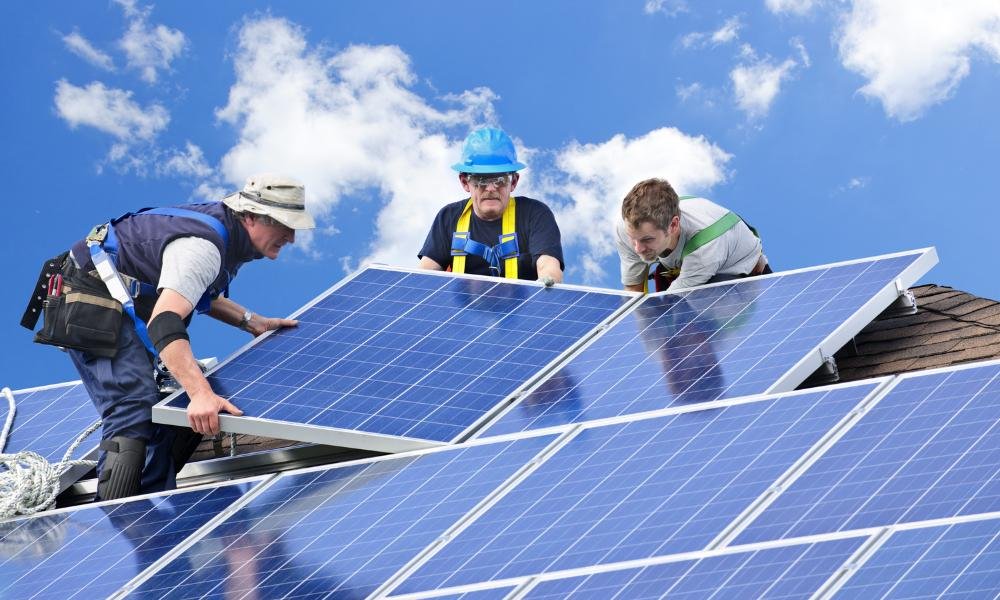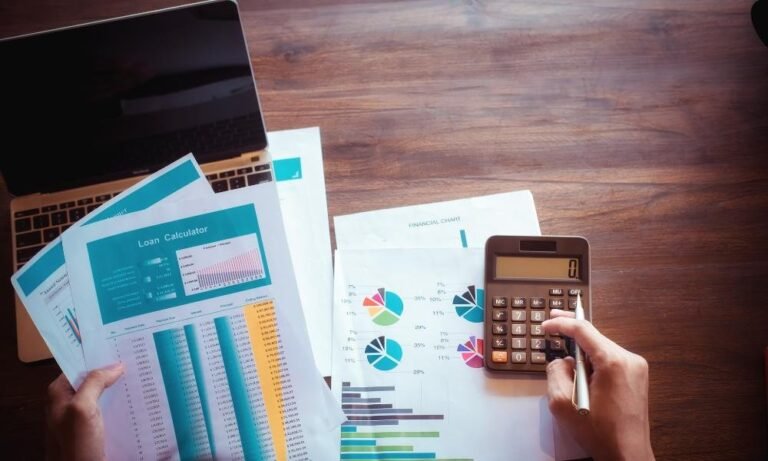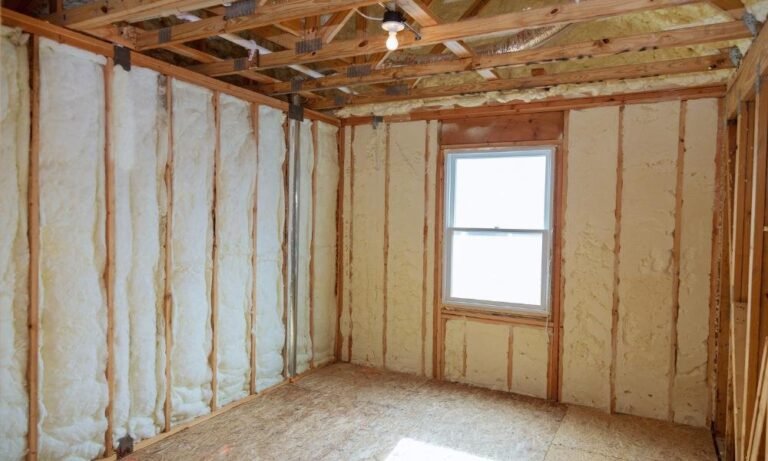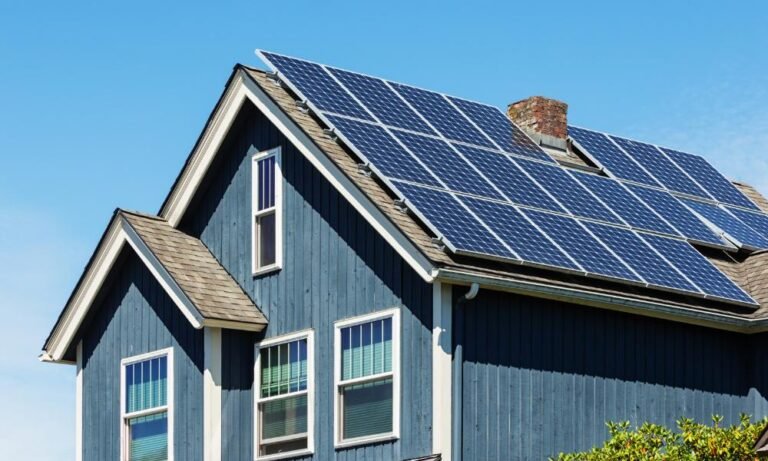Estimated reading time: 5 minutes
Switching to renewable power is a hot topic, and solar technology is at the forefront. It promises reduced electricity costs, a smaller carbon footprint, and the potential for long-term savings. But let’s be real—not every homeowner is eager to make the leap. The upfront expense is significant, and the financial return isn’t always immediate. So, is it a smart decision? Let’s break it down so you can decide if this investment makes sense for your home.
What You’ll Learn in This Guide:
The actual price of installing a solar system (no fluff, just facts)
How much you might save over time
Factors that determine if this energy source is a good fit for your home
The advantages, drawbacks, and hidden expenses no one talks about
Alternative solutions if rooftop installations aren’t right for you
Now, let’s get into the details.
1. The Cost of a Solar Power System
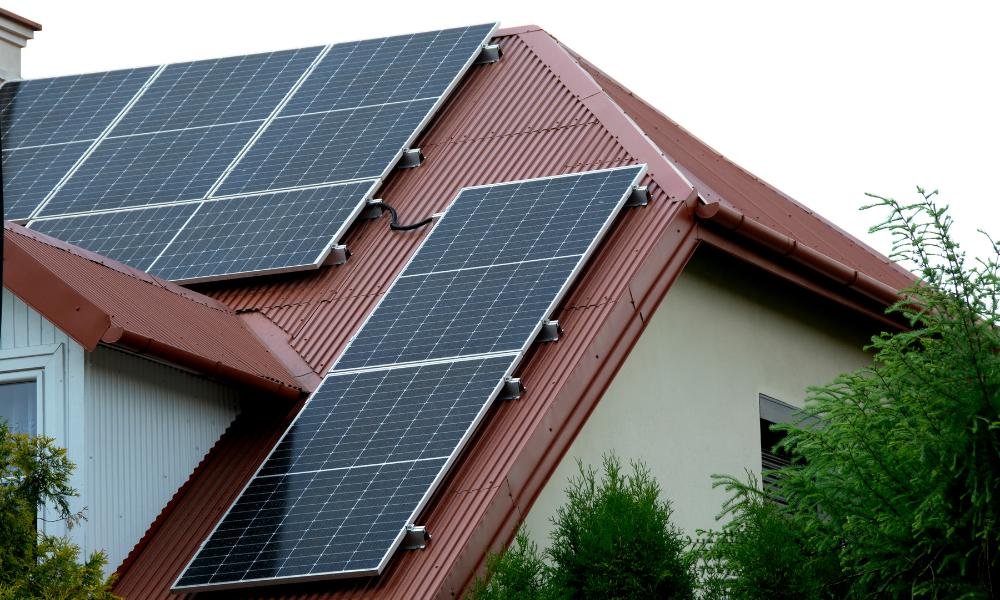
One of the first questions people ask is, “How much does it cost?” The answer varies, but here’s a general breakdown:
- Average upfront expense: $10,000–$18,000 (before incentives)
- Additional fees: Installation labor, permits, and optional battery storage
- Maintenance considerations: Occasional cleaning, inverter replacements, and performance monitoring
For those looking to reduce costs, tax credits and rebates can help. Right now, a 30% federal tax credit is available, and some states provide extra incentives. Additionally, net metering programs allow homeowners to sell surplus electricity back to the grid, further lowering energy expenses.
If you’re unsure where to start, an energy audit can help you evaluate your home’s power consumption before making a commitment.
2. How Much Can You Save?
This is where things get interesting. Yes, investing in this technology can lower your utility bill, but how much depends on a few key factors:
Current electricity rates – Higher rates mean bigger savings.
Sun exposure – The more direct sunlight, the greater the power output.
System size – Larger setups produce more energy but cost more upfront.
State policies – Incentives and buyback programs differ by location.
Breaking Down the Savings
Most homeowners see a payback period of 6 to 12 years. After that, the monthly savings start to accumulate. On average, households cut $1,500 per year in energy expenses. Over 25 years, this could add up to $30,000 or more.
To see how much you could save, check out this guide on reducing monthly power bills.
3. Is Your Home a Good Candidate?
Not every property is suited for this renewable source. Here are the main factors to consider:
Roof condition & orientation – A well-maintained roof facing south or west captures the most sunlight.
Shade levels – Trees or nearby buildings can limit effectiveness.
Climate considerations – These systems work in various weather conditions, but sunnier areas see better results.
If you’re unsure whether your home is a good fit, check out these 7 signs your home is ready.
4. Advantages and Disadvantages
The Benefits:
Lower utility expenses – Reduces dependence on the power grid.
Government incentives – Tax credits and rebates help offset initial costs.
Higher property value – Many buyers see it as a home upgrade.
More energy independence – Less reliance on fluctuating electricity prices.
The Drawbacks:
Upfront investment – Even with incentives, installation isn’t cheap.
Long break-even period – It may take years to recoup the costs.
Not all homes are ideal – Shady locations or certain roof types may not be compatible.
5. Alternative Energy Solutions
If rooftop installations aren’t the right fit, there are other ways to make your home more efficient:
Energy Audits – Before making a big commitment, an audit can help you identify areas where you’re losing power.
Insulation Upgrades – Proper insulation can cut heating and cooling costs significantly.
Community Solar Programs – In some areas, shared solar farms allow homeowners to benefit without needing to install panels.
6. Is It the Right Investment for You?
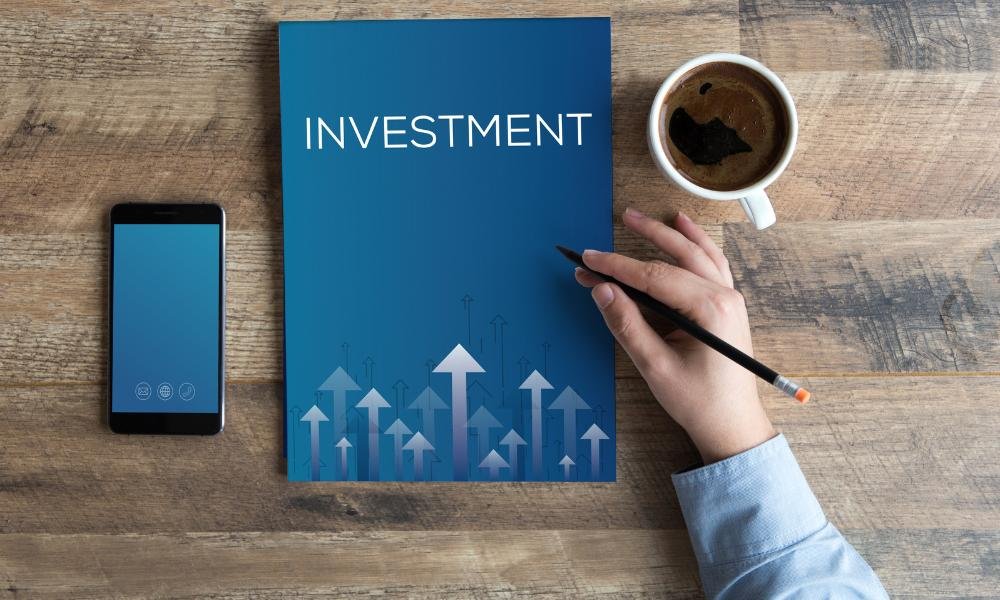
So, should you move forward with this investment? Here’s a simple way to decide:
- If you have high electricity bills, good sun exposure, and plan to stay in your home for 10+ years, it’s likely a strong financial decision.
- If your home has limited sunlight, low energy usage, or you expect to move soon, it may not be the best fit.
Ultimately, this decision is about both financial benefits and environmental impact. While the upfront cost can be significant, long-term savings and sustainability benefits can make it a worthwhile choice.
Thinking about going green? Get quotes from multiple providers, explore financing options, and research available incentives in your state. If you’re still unsure, start small—consider an energy audit to identify ways to cut costs before making a larger commitment.
Final Thoughts
Solar power isn’t a one-size-fits-all solution, but for many households, it’s a smart move. If you’re considering it, do your research, compare costs, and assess your home’s potential.
Have any questions? Drop them in the comments—I’d love to hear your thoughts!
